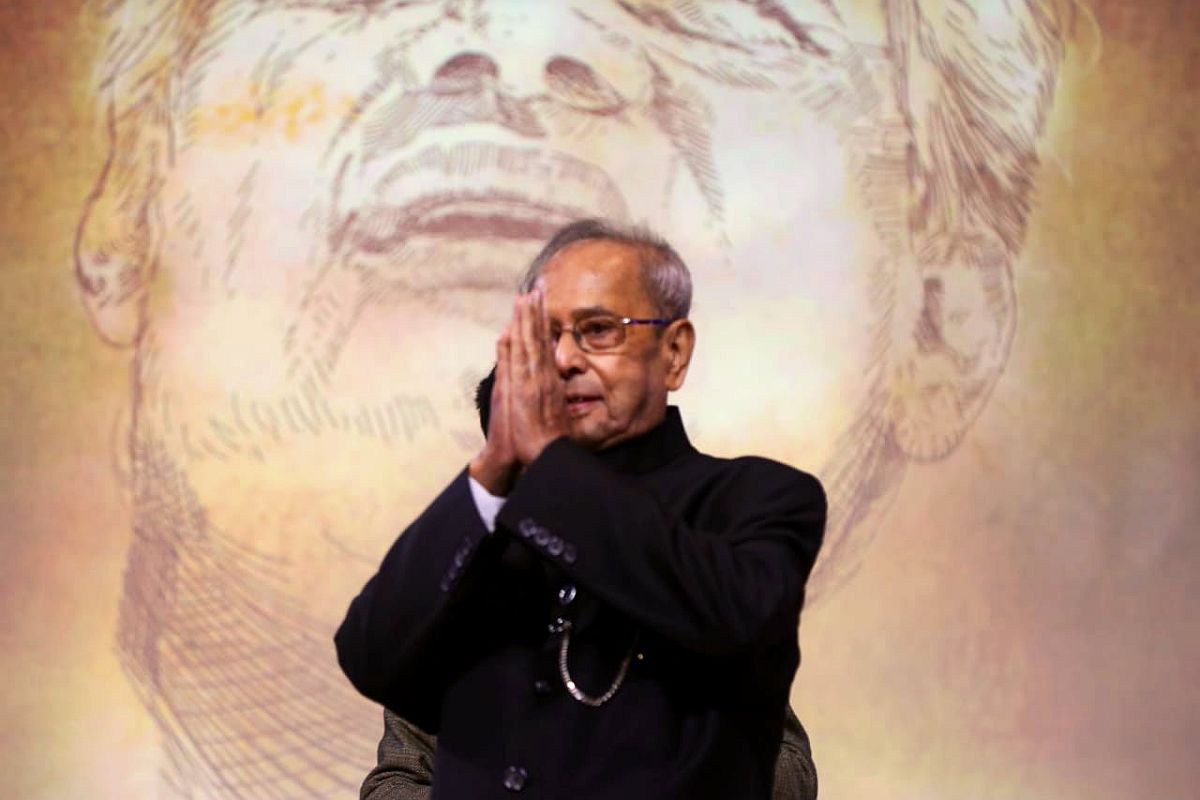Late Pranab Mukherjee’s speeches reflected the storehouse of knowledge he possessed and his long experience in public life. But his creativity was no less evident in the changes he introduced in Rashtrapati Bhavan during his Presidency (2012-2017).
The day he completed his first year in office, the President’s Estate got a ‘Pranab Mukherjee Public Library’ for its residents. A dilapidated building, which was scheduled for demolition, was renovated and converted into a library with reading rooms.
As the supreme resident of the Presidential Estate, he was concerned about the welfare of Rashtrapati Bhavan employees and their families, who could benefit from a public library.
President Mukherjee ensured the library got a rich collection of books, newspapers and magazines. His completion of second year in office was marked by the opening of the new Rashtrapati Bhavan Museum (Phase I). T
he museum could attract visitors to Rashtrapati Bhavan, while celebrating the Presidential abode’s rich past. Mukherjee had a strong desire to make the Rashtrapati Bhavan accessible to the common people, and a substantial portion of Rashtrapati Bhavan was opened for public viewing during his tenure. Here, too, he showed imagination on things like where the museum could be located.
An erstwhile stable of Rashtrapati Bhavan, which was used for housing horses and ceremonial coaches, was made ready for the purpose. The museum narrated the story of Rashtrapati Bhavan using sound-light video animations, laser and holographic projections and augmented reality. Furniture designed by Sir Edwin Lutyens for the Viceroy’s residence; ceremonial coaches, photographs and memorabilia of the President’s Body Guard were displayed at the museum.
The completion of his third year in office was marked by his inauguration of a restored Clock Tower at President’s Estate in July 2015. A heritage structure, the Clock Tower was built by Sir Lutyens in 1924 for men of the President’s Body Guard, and provided reading and recreational rooms and canteens. Since 1947, it has been occupied by the President’s Body Guard as its Regimental Headquarters.
The clock was built by Gent and Company of Leicester, UK, whose clocks adorn many important buildings around the world. The Museum’s Phase-II (2016) was developed at the site of a heritage building, where the Garage for Rashtrapati Bhavan vehicles was earlier located. The Rashtrapati Bhavan Museum finally encompassed the Stables Museum, the Garages Museum and the Clock Tower.











